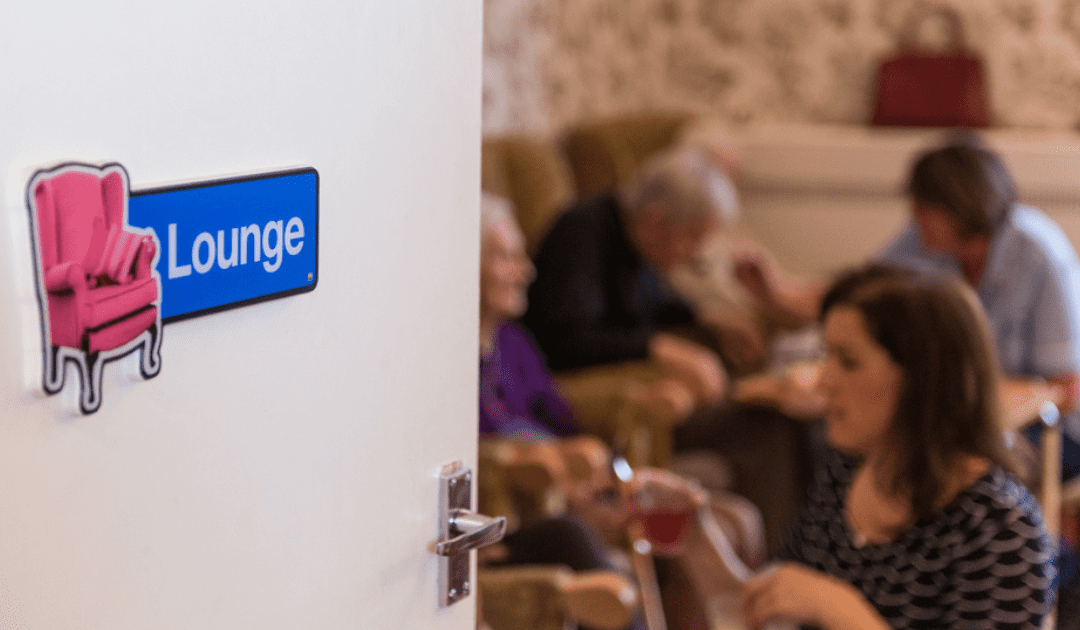At Stanfield Nursing Home, we use diversional therapy for dementia, offering a range of diversional therapy examples to enhance the lives of those with cognitive impairments. This includes art therapy, music therapy, sensory stimulation, and reminiscence therapy.
In this blog, we discuss what diversional therapy is, some examples of how we implement it at Stanfield and why it benefits those with dementia.
What is diversional therapy?
Diversional therapy is a non-pharmacological approach to dementia care. It focuses on providing meaningful and engaging activities to promote cognitive, emotional, and physical well-being.
This approach aims to reduce the behavioural and psychological symptoms of dementia by redirecting people’s attention to positive and stimulating activities.
Some of these symptoms include:
- Agitation
- Apathy
- Anxiety
- Repetitive questioning
- Sleep problems
- Searching
Related: Providing Dementia Support For You And Your Family
Individual care plans at Stanfield Nursing Home
At Stanfield Nursing Home, diversional therapy is an integral part of the care plan for people with dementia.
Our care home in Worcestershire has a team of experienced staff trained in all forms of diversional therapy. As such, they help to create customised programs tailored to every individual’s needs and preferences.
Diversional therapy examples include a range of activities, such as art therapy, music therapy, sensory stimulation, and reminiscence therapy.
Diversional therapy for dementia
Art therapy
One of the ways we use diversional therapy in our care home is through art.
Art therapy is a form of expressive therapy that uses various art materials to promote self-expression, creativity, and relaxation. It is an effective way to engage people with dementia who may have difficulty communicating verbally.
The staff at Stanfield Nursing Home use art therapy to encourage people to create artwork that expresses their emotions, memories, and feelings. The therapy sessions provide an opportunity for everyone to connect with their inner selves as well as others around them.
Sensory stimulation
The second example of diversional therapy is sensory stimulation. This is a type of therapy that uses sensory experiences, such as touch, smell, sight, and sound, to enhance cognitive functioning and promote relaxation.
At Stanfield Nursing Home, we use a range of sensory tools, such as textured fabrics and colourful lights and decorations to create a stimulating environment.
We are especially proud of our dementia sensory garden and the fountain in our central courtyard. The fountain was made possible due to donations from previous people we cared for and their families.
This water feature hugely benefits individuals who enjoy relaxing to the sound of background noise in gardens, such as the trickle of water and chirping of birds.
Related: The Dementia Sensory Garden at Stanfield Nursing Home
Music therapy
Music therapy is very popular in dementia care, not just diversional therapy. Therefore, we have been using musical therapy at Stanfield Nursing Home for many years.
It is a form of sensory stimulation that uses music to evoke memories, emotions, and positive feelings.
Music therapy can help the following:
- Mood and well-being
- Reduce stress and anxiety
- Lower blood pressure
- Improve memory
- Promote socialisation
To help incorporate this form of diversional therapy into our care home daily life, we invite musical entertainers. These visiting musicians use various musical instruments, such as drums, xylophones, and harps, to engage people in music-making activities.
Reminiscence therapy
Another form of diversional therapy for dementia includes reminiscence therapy.
This diversional therapy example uses memory prompts, such as photographs, objects, and music, to evoke memories and promote social interaction.
We always encourage those we care for to share their life stories, memories, and experiences. Part of this includes labelling photos of loved ones with their names and the context behind the photo. This helps staff to engage in meaningful conversations about people’s past.
As such, reminiscence therapy can help people with dementia connect with their past, improve their communication skills, and enhance their sense of identity and self-worth.
Related: Using Photos to Trigger Memories when Caring for People with Dementia
Benefits of diversional therapy in care homes
Diversional therapy is a vital component of dementia care in care homes like Stanfield Nursing Home.
The vast range of diversional therapy examples provides many benefits to your loved ones, such as improved mood, reduced anxiety, enhanced communication, and increased socialisation.
With such a range of therapy sessions, it can provide people with a sense of purpose, meaning, and enjoyment. We ensure there are activities and events to cater to everyone’s interests. Therefore, aiming to improve their quality of life and well-being.
Diversional therapy for dementia in Worcestershire
Stanfield Nursing Home is an excellent example of a care home that prioritises the use of diversional therapy in dementia care.
Our nursing home staff are trained and experienced to create customised care plans that cater to your loved one’s needs and preferences.
If you want to learn more about diversional therapy or dementia care at Stanfield Nursing Home, please visit our website today. Alternatively, you can call 01905 420 459 to speak to a member of our helpful and friendly team. You can also check out our social media for daily updates.
If you have found this useful, you may wish to read our guide on What To Do When A Family Member Is Diagnosed With Dementia.


